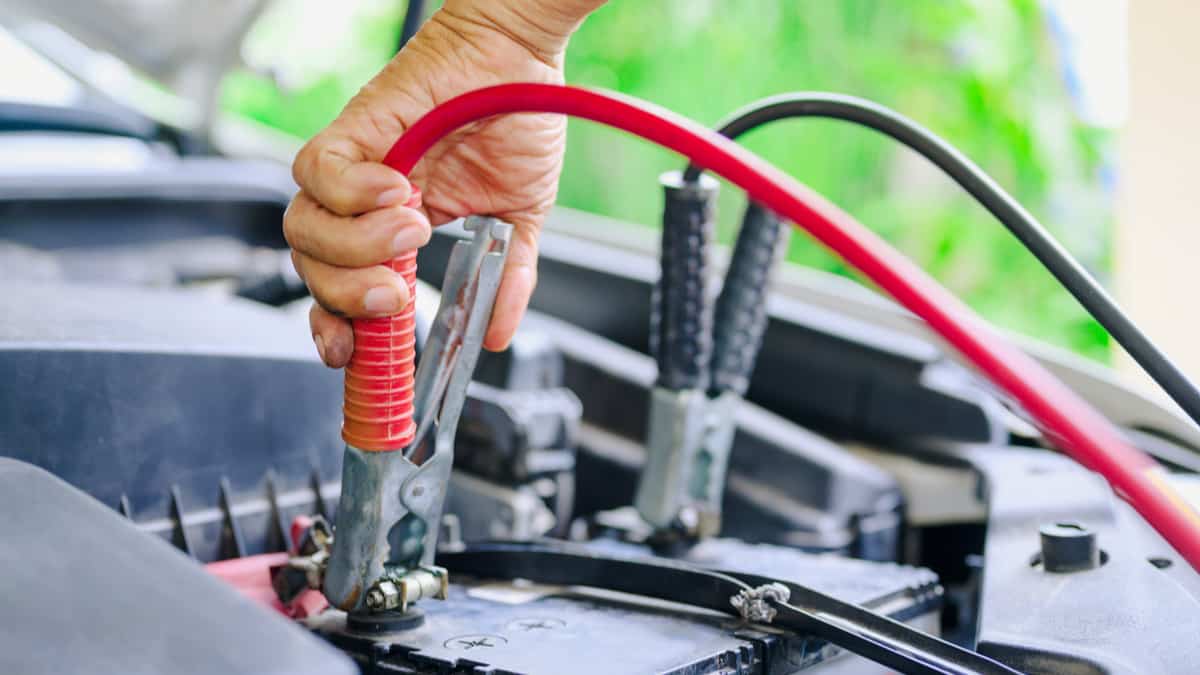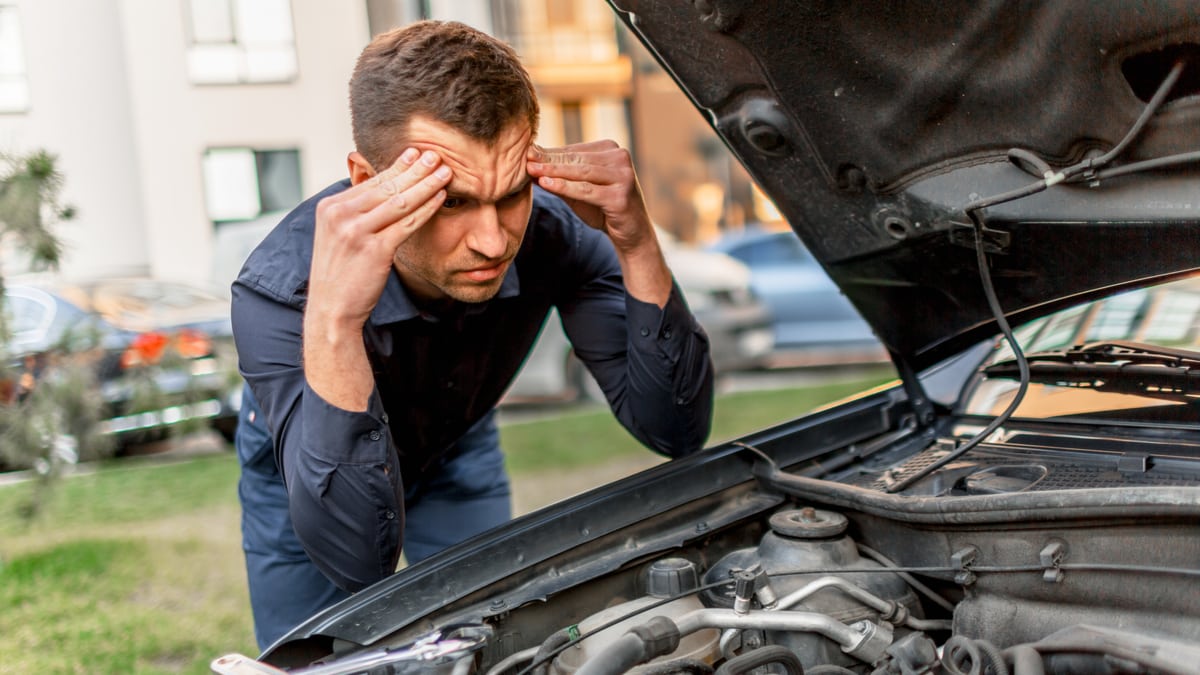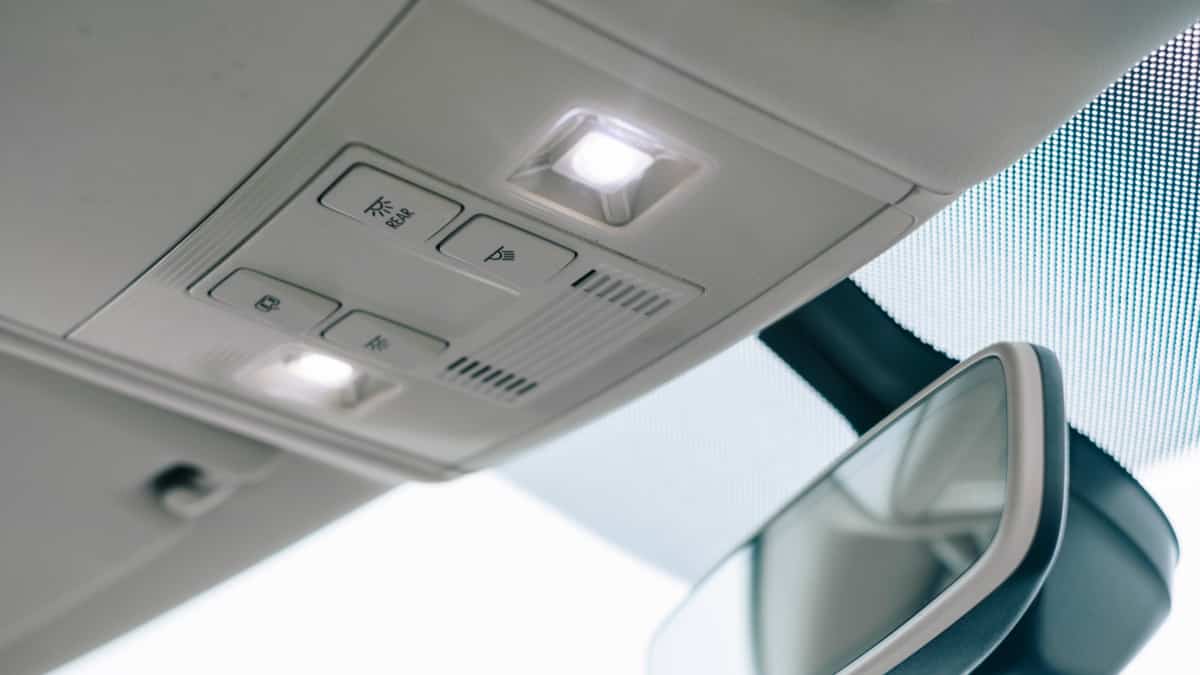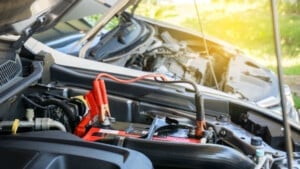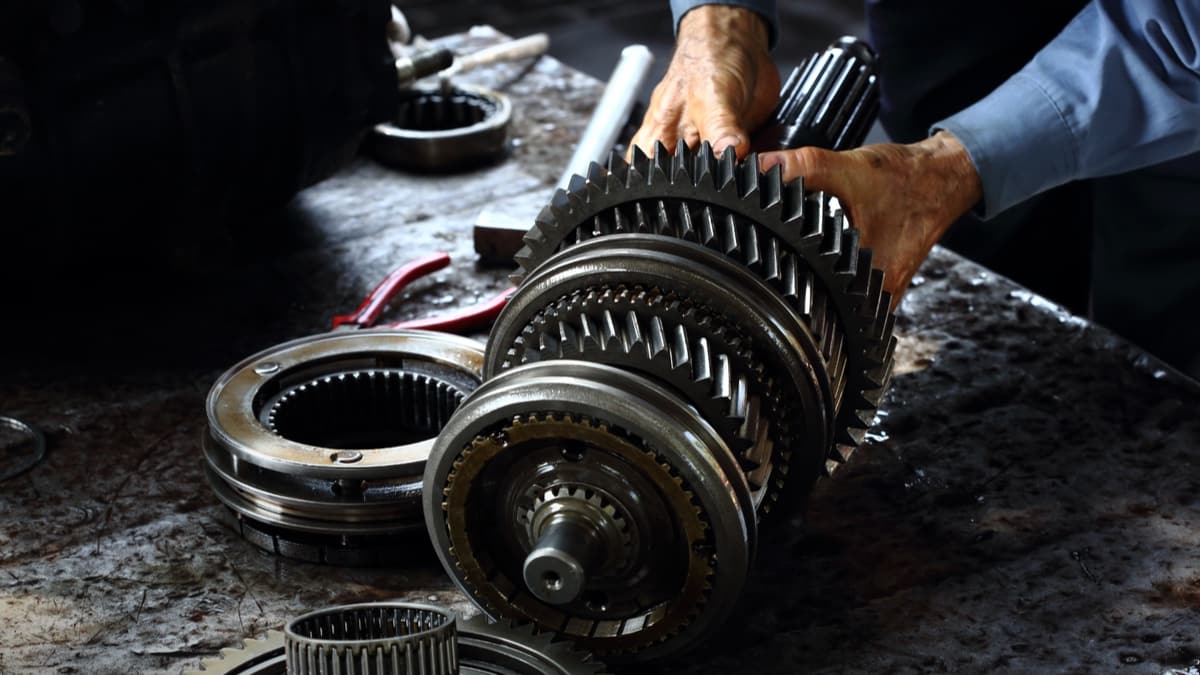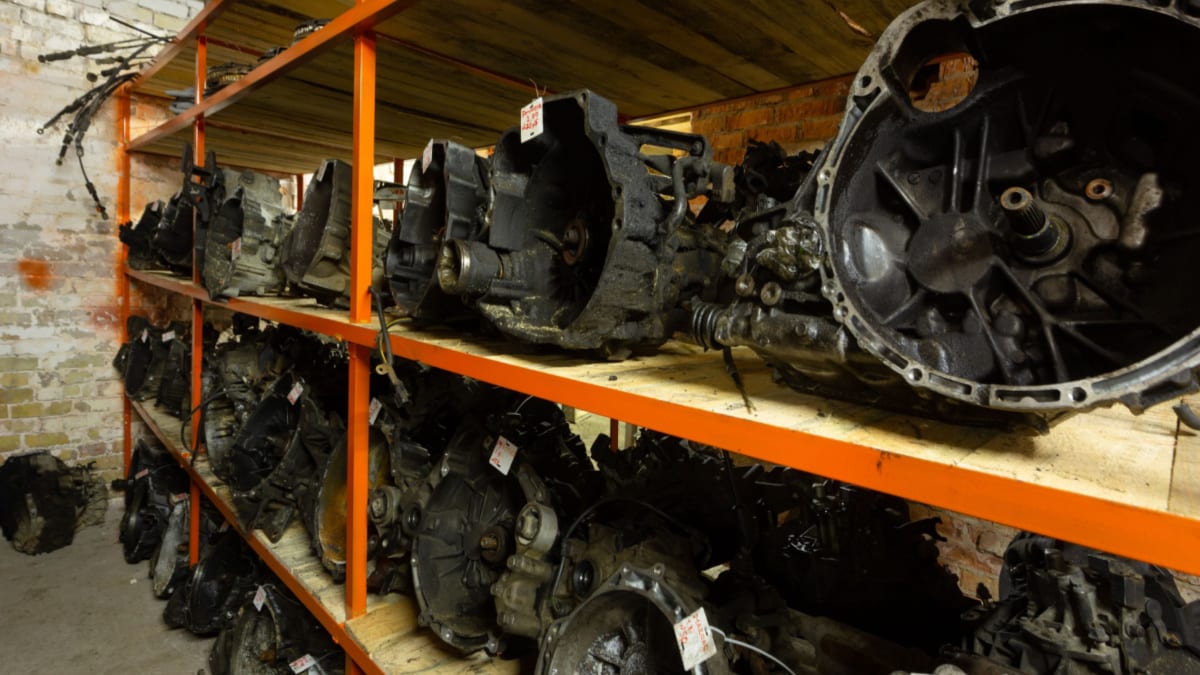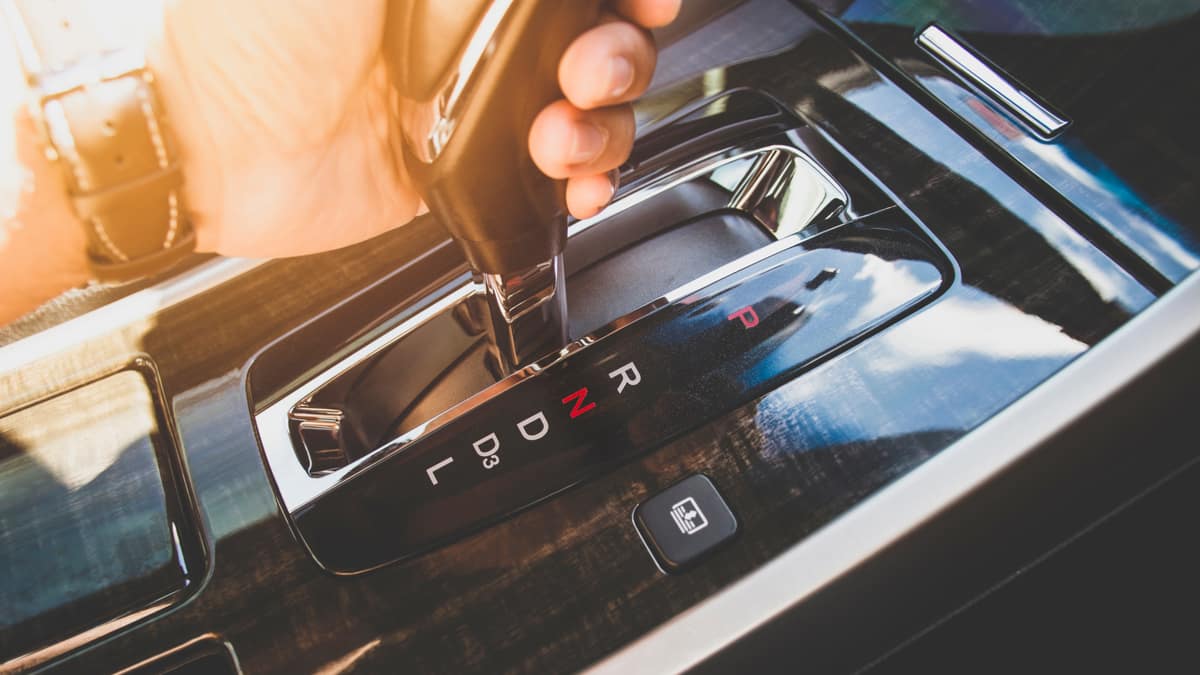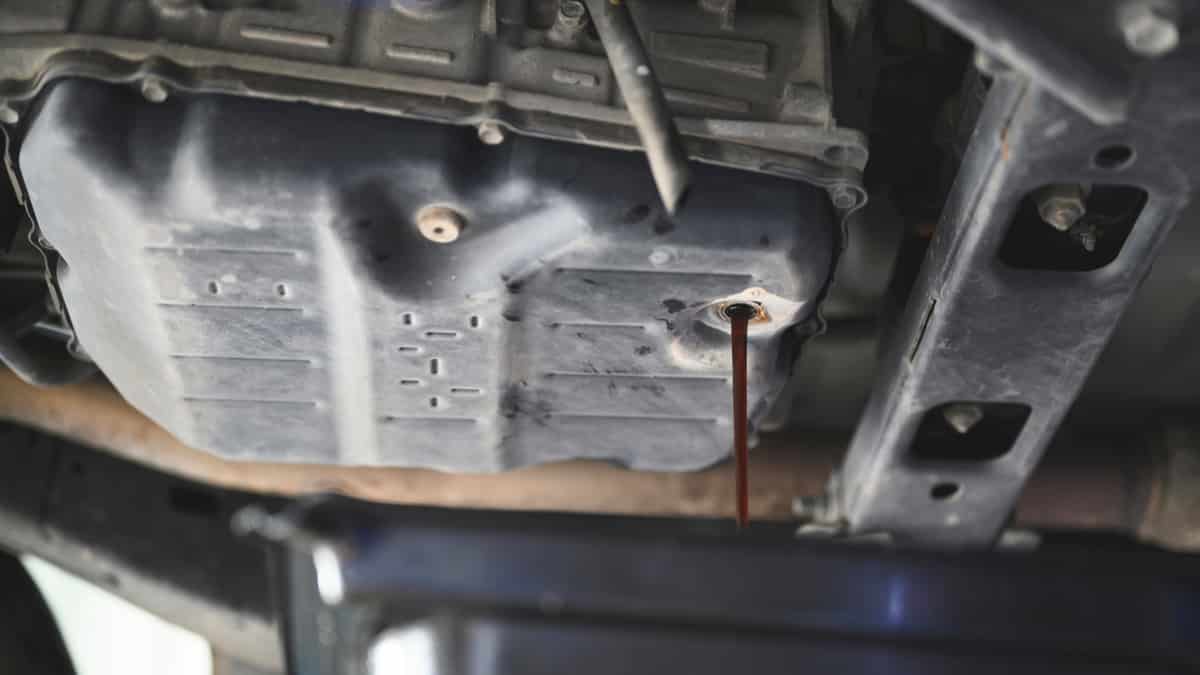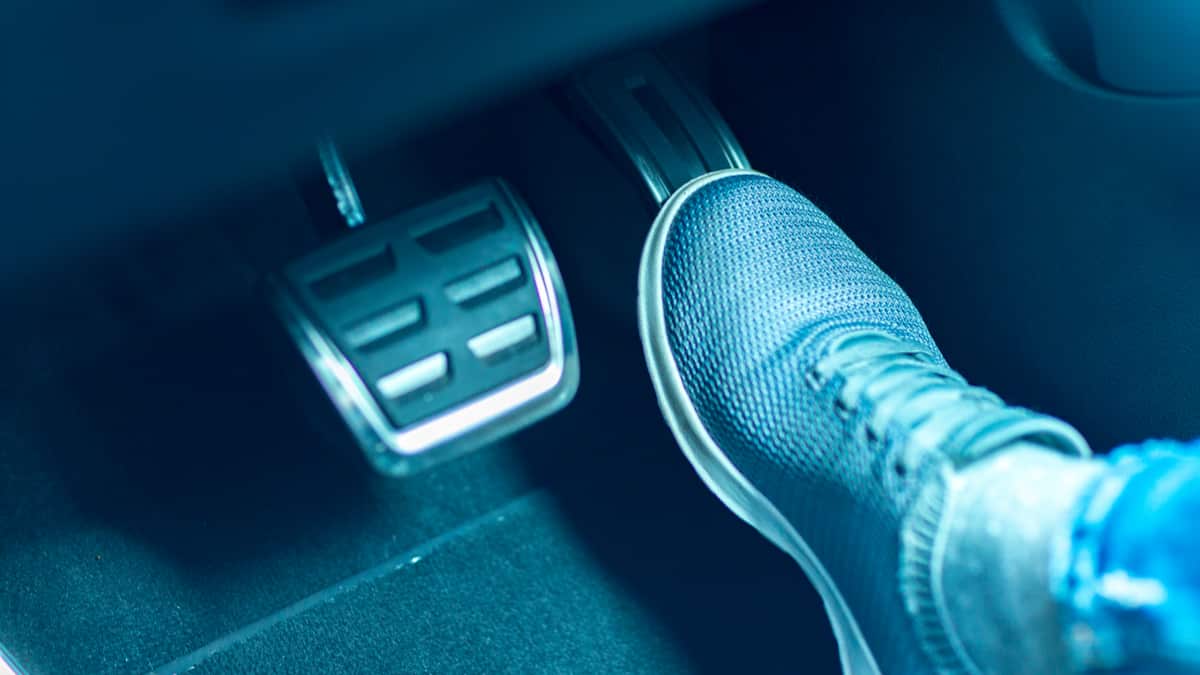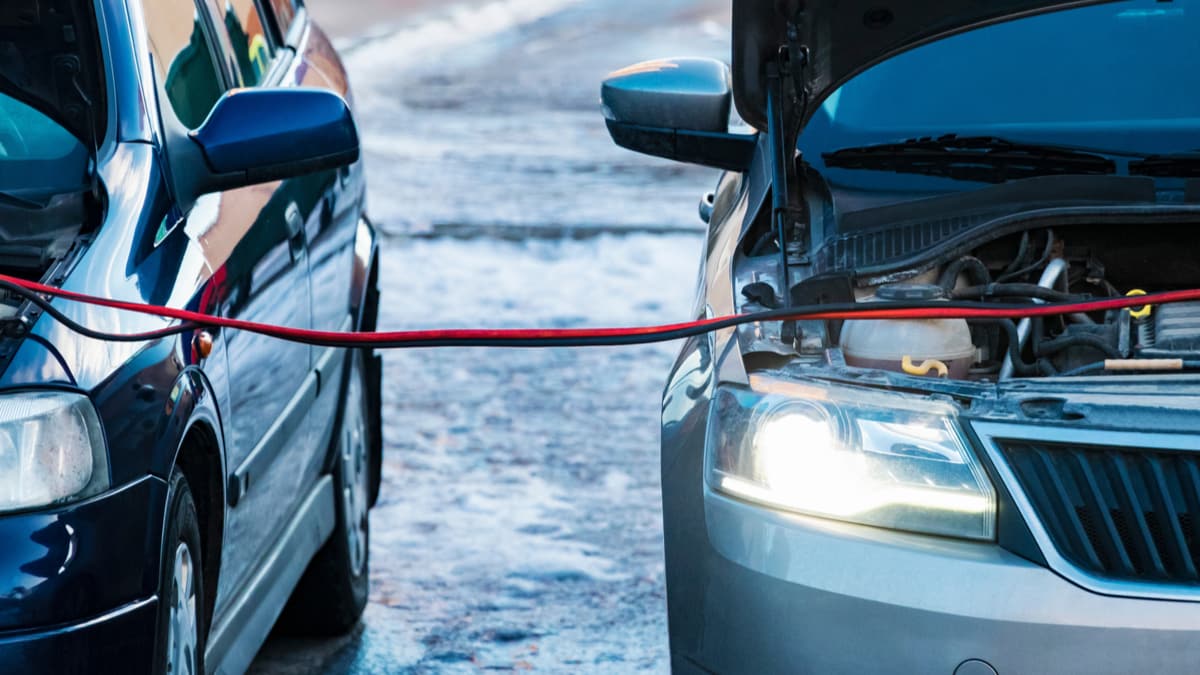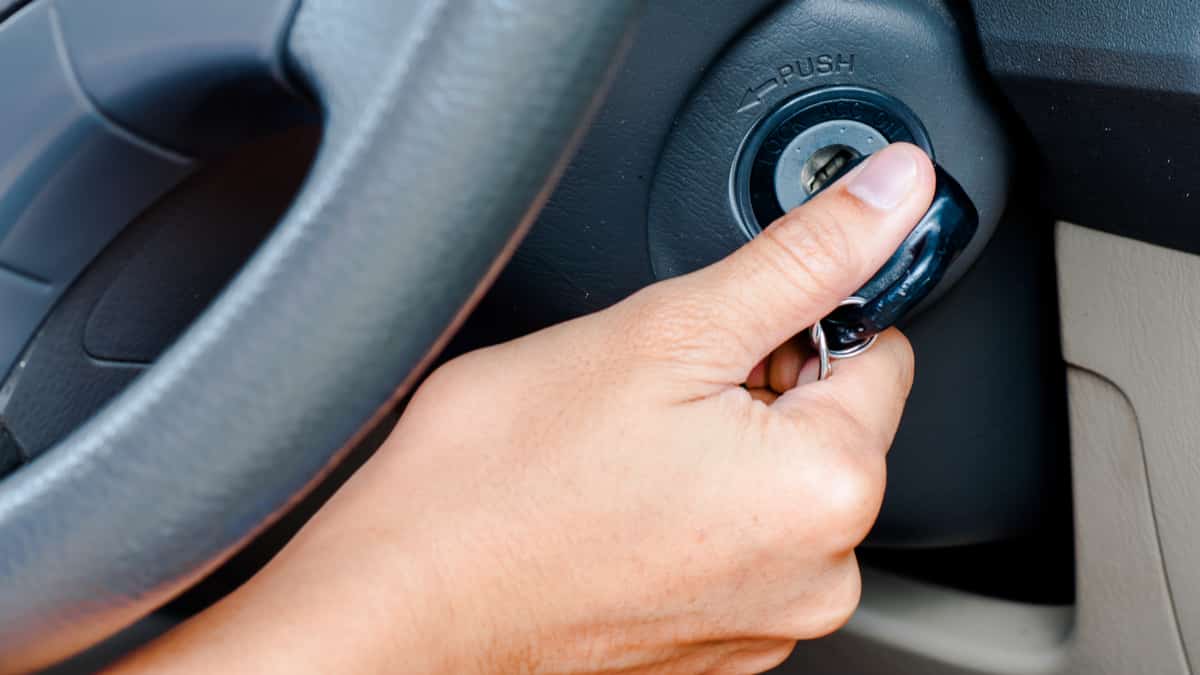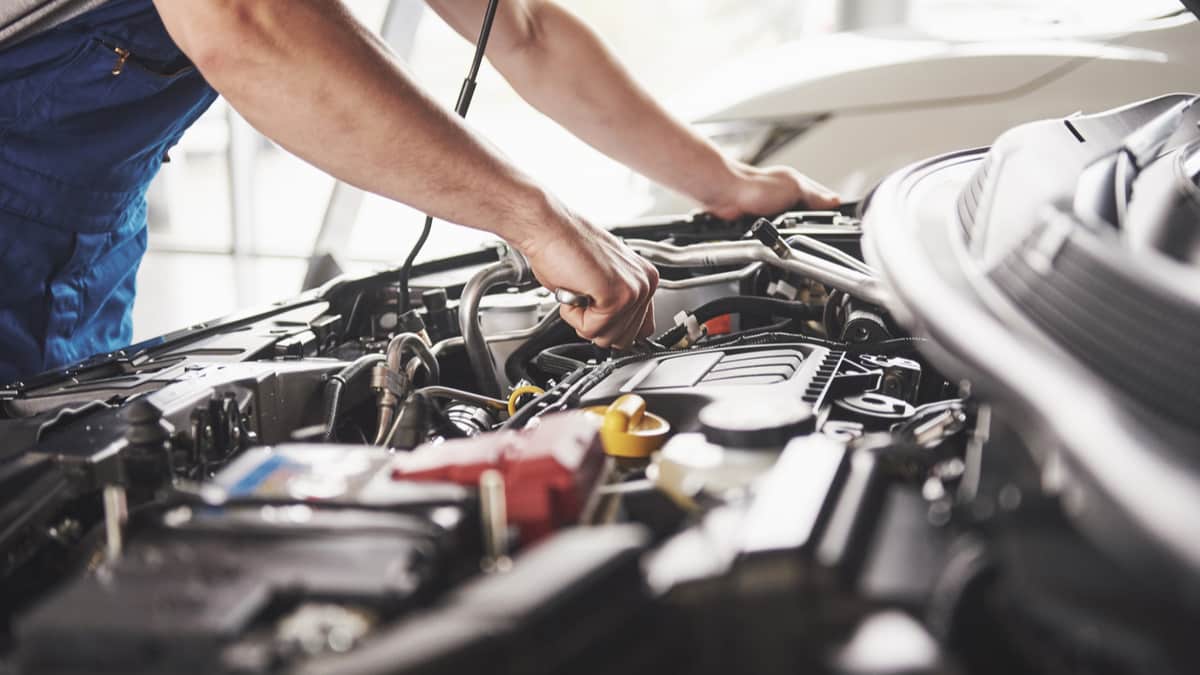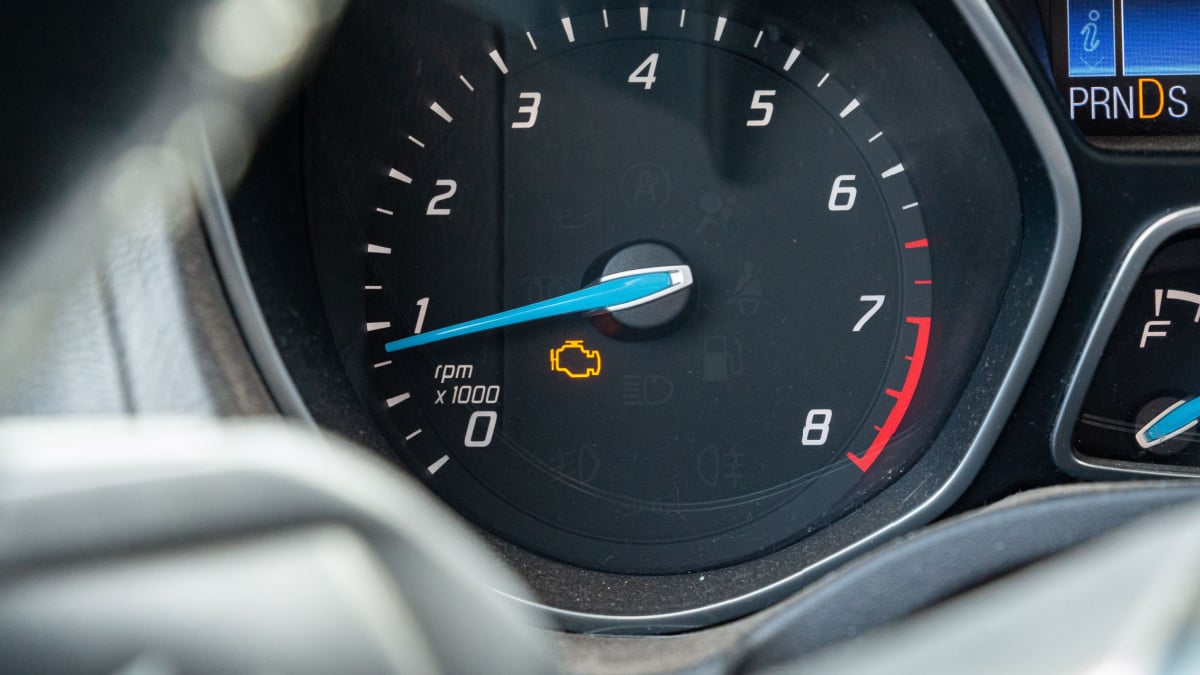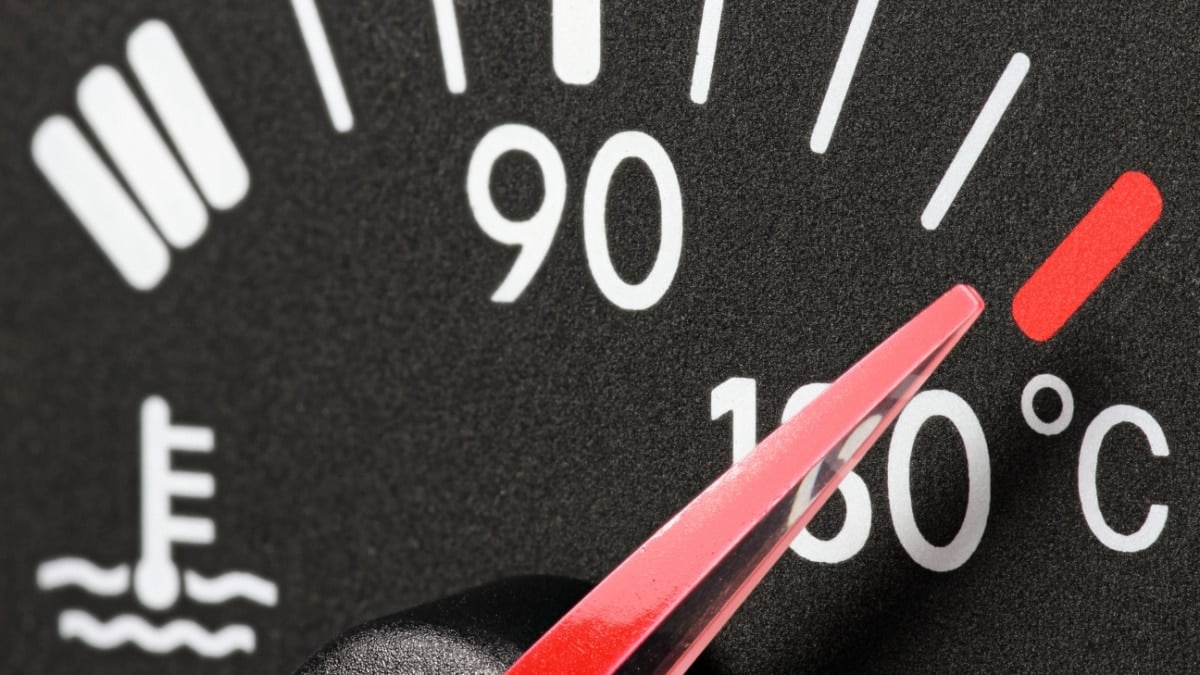When you step on the gas pedal of your vehicle, you expect the car to go. So what happens when the car won’t accelerate, but RPMs go up? This is a problem that should be dealt with right away, but where do you start?
In this guide, we touch on the top reasons why acceleration might be an issue. We also look at how you can fix car problems, even if you aren’t a certified mechanic. At the end of this article, we cover your top questions.
Reasons Your Car Won’t Accelerate But RPMs Go Up
When a gas pedal is pushed down, the car is meant to accelerate. If it doesn’t, it could mean the transmission is slipping, or you have a bad torque converter. It’s also caused by bad shift solenoids, a worn clutch, a damaged gearbox or various drivetrain problems.
1. Slipping Transmission (Automatic)
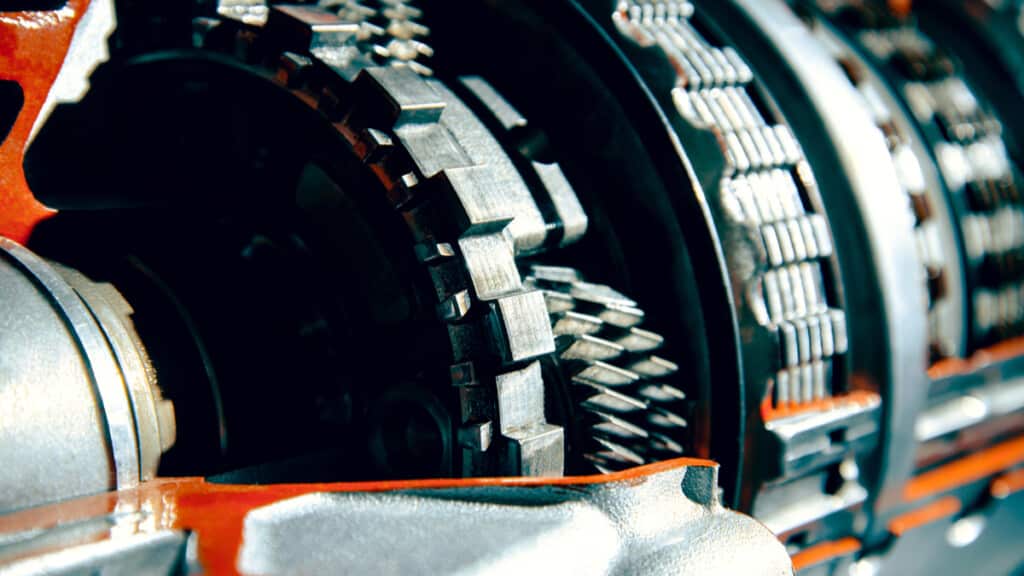
When a transmission slips, it means that it can’t shift or engage gears the way it normally would. The slipping transmission is a broad term usually indicating that there’s something deeper happening within.
The cause for a slipping transmission can vary, with problems as simple as not having enough transmission fluid. Even burnt transmission fluid can be to blame, which is normally caused by overheating.
Aside from these problems, the clutches in the transmission may be worn. Additionally, many of the other problems we are about to discuss can also cause a slipping transmission.
2. Bad Torque Converter (Automatic)
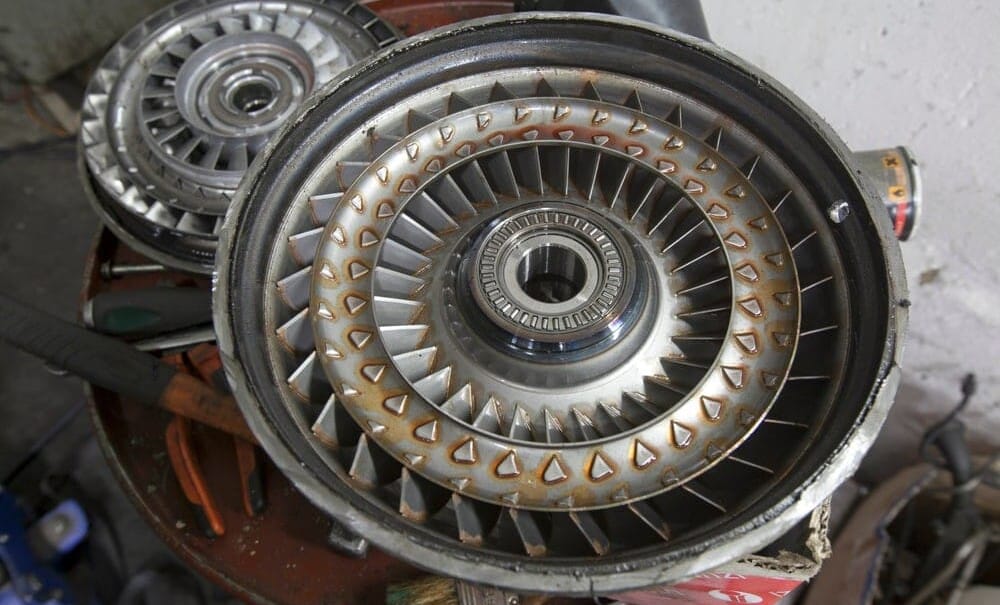
The torque converter is needed to transform the mechanical power coming from the engine into hydraulic power needed for the drivetrain. When it starts to fail, you can feel a shuddering sensation from the transmission. It also causes the RPMs to rise without any acceleration.
With a failing torque converter, the right amount of power won’t get to the transmission. Therefore, even though the RPMs continue to rise, you’ll have trouble getting the speed you should.
3. Bad Shift Solenoids (Automatic)
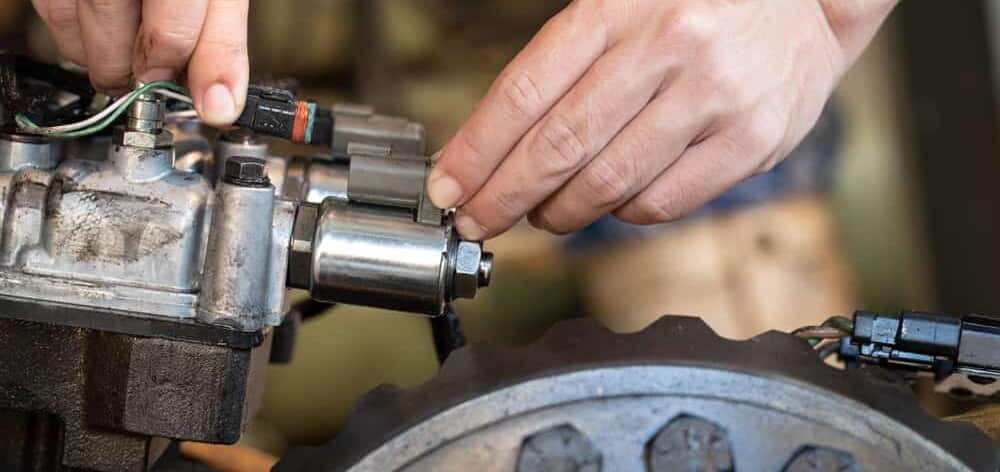
The shift solenoid controls the flow of fluid in the transmission. The transmission control module (TCM) sends out an electrical signal that tells the solenoids when to transfer fluid.
If there’s a problem with the solenoid or a circuit, the Check Engine Light should come on. You’ll also notice erratic shifting, slipping or the inability to gain RPMs. Additionally, the car could go into a Limp Mode to prevent further damage from occurring.
RELATED: 7 Symptoms Of A Bad Shift Solenoid
4. Worn Clutch (Manual)
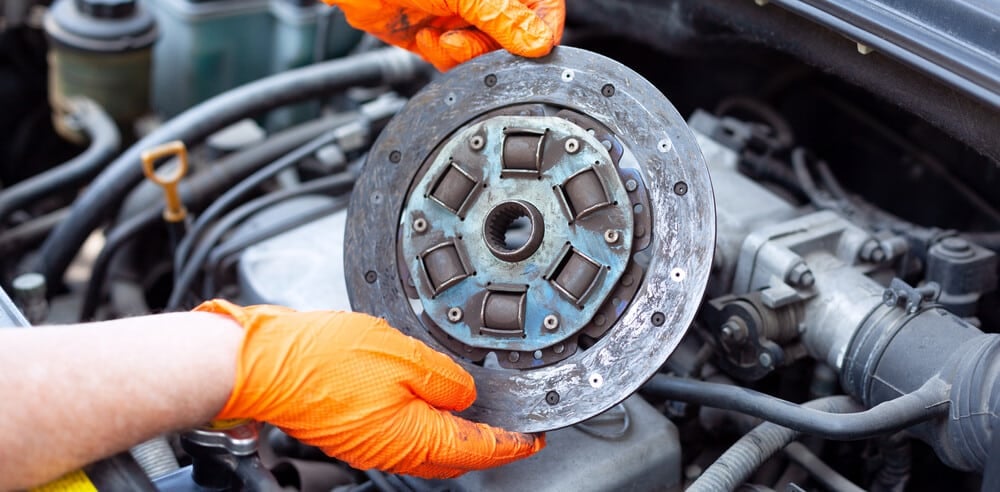
Do you drive a car with a manual transmission? If so, the problem could be related to the clutch. After driving many miles, the clutch is eventually going to give out.
As the clutch disc wears, the transmission starts to slip. It can also feel unresponsive when you step on the gas pedal.
RELATED: 7 Symptoms Of A Worn or Bad Clutch
5. Damaged Gearbox (Manual)
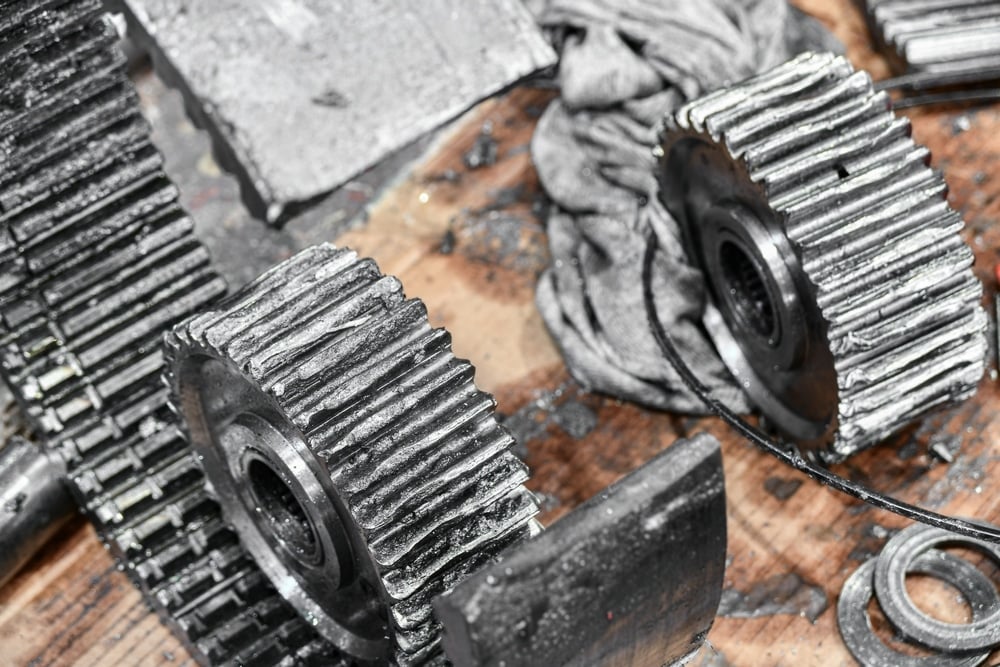
As the manual gearbox begins to fail, you are going to notice many of the same problems as found with an automatic transmission. There could be odd noises or an alarming grinding sound.
It’s also possible that the transmission could become stuck in one gear. Additionally, if you can’t get the car into gear or you notice a lot of fluid leakage, there’s probably something wrong with the gearbox.
6. Drivetrain Problems
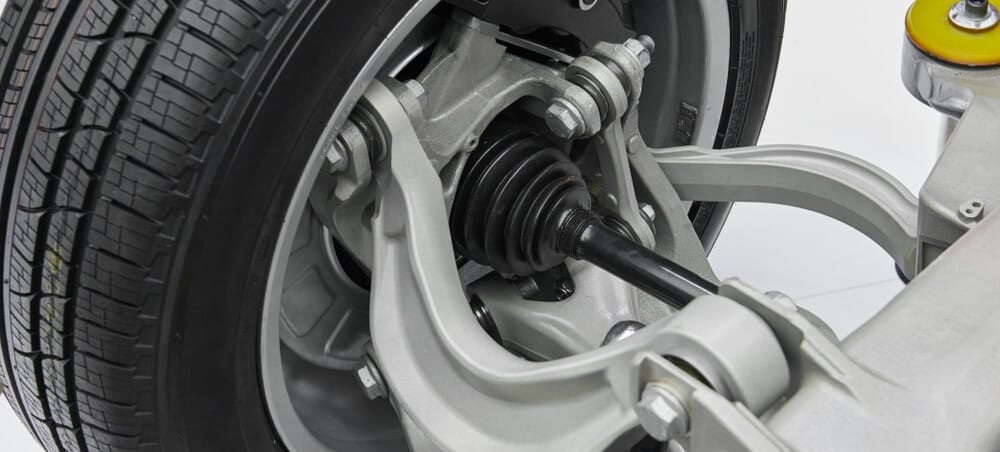
If the issue isn’t with the transmission or related parts, the drivetrain could be to blame. For example, there could be a broken axle shaft that won’t permit motion to the wheels.
Drivetrain issues usually present with some form of vibration or shaking before leading to trouble moving the vehicle at all. You may also hear some clunking or grinding, making it difficult to differentiate the issues from the transmission.
How To Fix A Car That Won’t Accelerate But RPMs Go Up
Once you realize there’s a problem with your car, you want to take swift action. Many problems are simple to correct, but procrastinating could ruin your transmission. For many of these tasks, you only need a few simple tools and some basic mechanical knowledge.
Here are the steps we recommend.
1. Check Transmission Fluid Level (Automatic)

Not all vehicles have a transmission that can be checked. Some modern vehicles contain sealed transmissions that are only meant to be serviced by the dealer. If you can check your transmission fluid, here are the steps to follow.
- Park on a level surface.
- Put on the parking brake.
- Start the engine.
- With your car in Park, let the engine warm up unless the owner’s manual tells you something different.
- Find the transmission fluid dipstick, usually near the transmission meets up with the engine. It resembles an oil dipstick.
- Remove the dipstick and wipe it clean. Be cautious, as the fluid is hot.
- Pull the dipstick back out again and observe where the fluid is in relation to the markings.
- There could be two markings for FULL, one for cold and another for warm. If the fluid isn’t reaching the FULL warm line, you need to add more fluid.
- Put a funnel into the fill hole and add a small amount of fluid.
- Recheck the levels until it reaches the appropriate line.
It’s very important that you only use compatible transmission fluid. Check the owner’s manual to be sure you purchase the right kind for your vehicle.
READ MORE: How to Check Automatic Transmission Fluid
2. Change Transmission Fluid (Automatic)
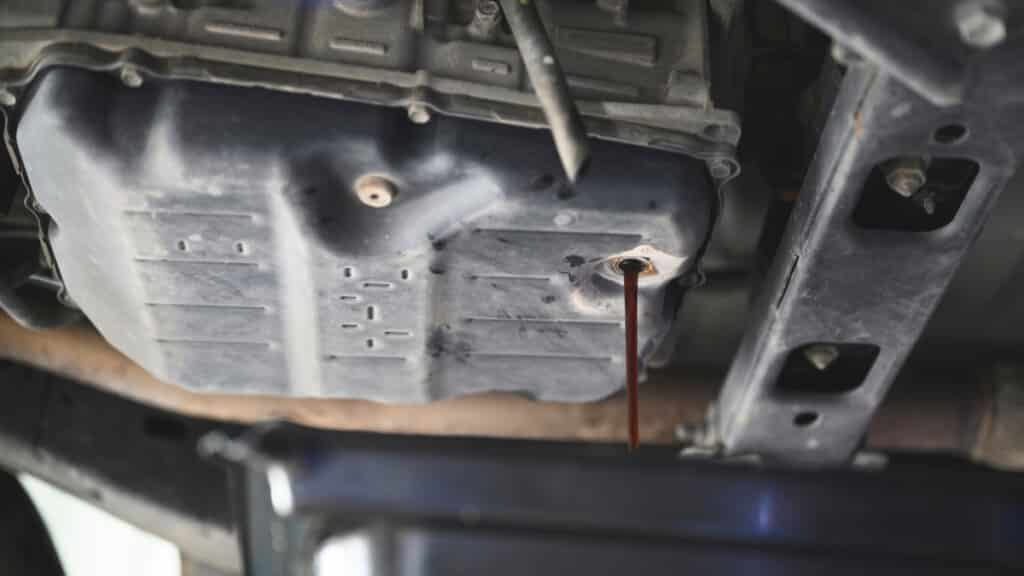
The car’s transmission fluid may need to be changed every 60,000 to 100,000 miles, depending on the recommendations of the manufacturer. Additionally, not every manufacturer offers a serviceable transmission, so you may not be able to change the fluid yourself.
If you can, follow these steps.
- Park the vehicle on a flat surface.
- Place wheel chocks behind the back wheels.
- Carefully lift the vehicle with a floor jack.
- Secure the vehicle with jack stands.
- Locate the transmission fluid pan. It’s flat and broad, found at the bottom of the transmission, typically secured with numerous bolts.
- If the transmission pan contains a drain plug, you can remove it just like you do when changing your oil. A crescent or socket wrench will be needed to loosen the plug.
- Allow the fluid to drain in a large container.
- Inspect the fluid for any signs of metal. If you see large pieces, you may want to have a technician inspect the fluid.
- Replace the transmission fluid filter. The pan needs to come off to get to it.
- Put the pan back on, but don’t over-tighten the bolts.
- Reinstall the drain plug.
- Refill the transmission fluid with the right type.
- Keep filling until the system is full.
- Gently lower the vehicle back down to the ground and run the engine, carefully watching for any leaks.
Remember to dispose of your old fluid properly. Many auto parts stores offer free fluid recycling; you just need to see what’s available in your area. The fluid change process may differ depending on your car model, so it’s important that you follow the steps for your particular car model with a repair manual.
RELATED: How Much Does It Cost To Change Transmission Fluid?
3. Check Trouble Codes In TCM (Automatic)
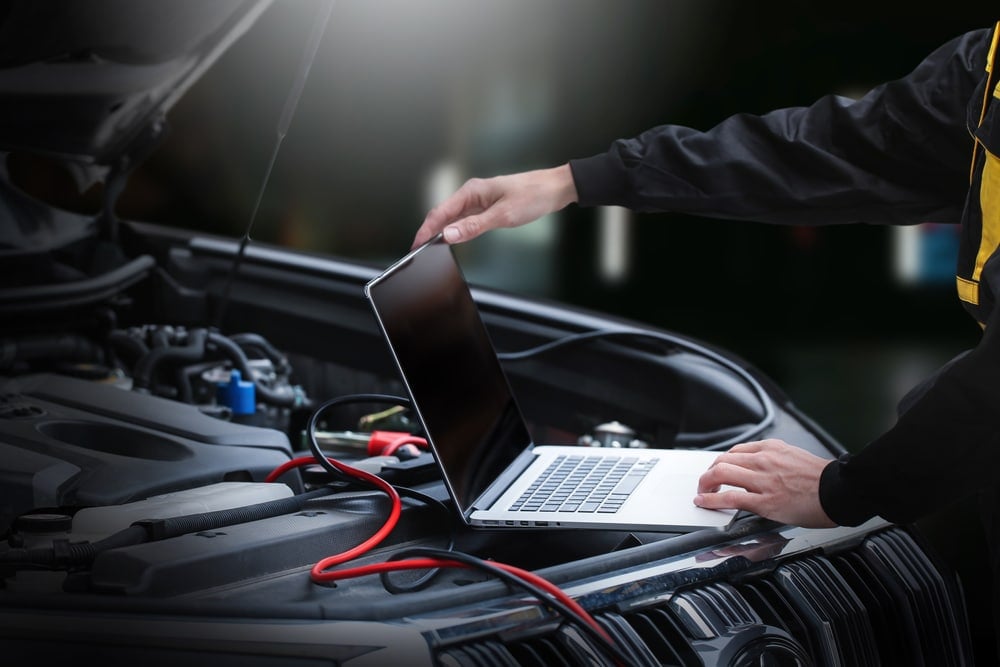
If the Check Engine Light or Transmission light is on, there should be a diagnostic code set in the computer. All gas-powered vehicles, 1996 and newer, have the OBDII system installed. With a compatible code reader, you can read this information.
Plug in the scanner to see what codes come out. You can use our trouble code library to diagnose the problem and repair the fault.
4. Diagnose The Clutch System (Manual)
If you understand the manual transmission, you can attempt to diagnose the clutch yourself. Here are a few things to consider.
If the clutch doesn’t disengage at all, the linkage or cable may have broken or there’s a bad slave cylinder. It could also be a throwout bearing, the pressure plate diaphragm or a failed friction plate.
However, if the clutch slips under a load, there is often not much to adjust or fix, you may have a worn flywheel friction surface and a bad clutch disc. There could also be a seal leaking.
5. Diagnose The Drivetrain
Troubleshooting the drivetrain can be a little more complicated. Start by providing a visual inspection of all the components to see if anything is worn.
Beyond this, it’s best to follow the procedures laid out in your service manual. Troubleshooting can be specific to the manufacturer.
6. Contact A Professional
There’s a good chance that these problems are going to be too difficult to resolve. If it’s not as simple as adding or changing transmission fluid, you may need more help.
Reach out to a local technician in your area that specializes in transmission repair. By paying someone else to handle the problem, you can dramatically cut back on your downtime.
Why is my car revving high but going slow?
There’s probably something wrong with the transmission or drivetrain. It could be a slipping transmission, a bad torque converter, failing shift solenoids, a worn-out clutch or damage to the gearbox. Walk through some diagnostic steps and resolve the issue before the transmission is permanently damaged.
What are the signs your transmission is going out?
The transmission may start to slip, as though it can’t find the appropriate gear. It can also shudder or shake while driving. On top of that, you may start to hear strange noises, including grinding. There’s even the chance that the Check Engine Light or transmission light may come on.
What can be mistaken for transmission problems?
Anything affecting the engine can cause trouble with the transmission. For example, if the catalytic converter is clogged, the engine has to work harder, putting more stress on the transmission. A faulty sensor or a dirty fuel filter or injector can also cause sticking gears in severe cases.
Should I change the transmission filter or just the fluid?
The transmission fluid typically only needs to be changed every 60,000 to 100,000 miles. When you change the fluid, you should also change the filter. However, changing the filter does require an extra step because you will need to drop the pan instead of simply pulling the plug.
Can low transmission fluid cause no acceleration?
Yes, if the transmission fluid drops too low, hydraulic pressure can’t be generated to the normal degree. This problem leads to slipping gears, which produces trouble accelerating normally. You will see the RPMs go up, but the car doesn’t gain speed when you press the accelerator.
It’s alarming when the car won’t accelerate, but the RPMs continue to rise. If you aren’t used to seeing this issue as we are, you could panic. However, it’s best to drive home carefully and have the problem diagnosed as soon as possible.
Whether there’s an issue with the transmission or the drivetrain, you can get it repaired and get back on the road. Just be sure you act promptly to avoid any further component damage.
Categories: Transmission, Troubleshooting

